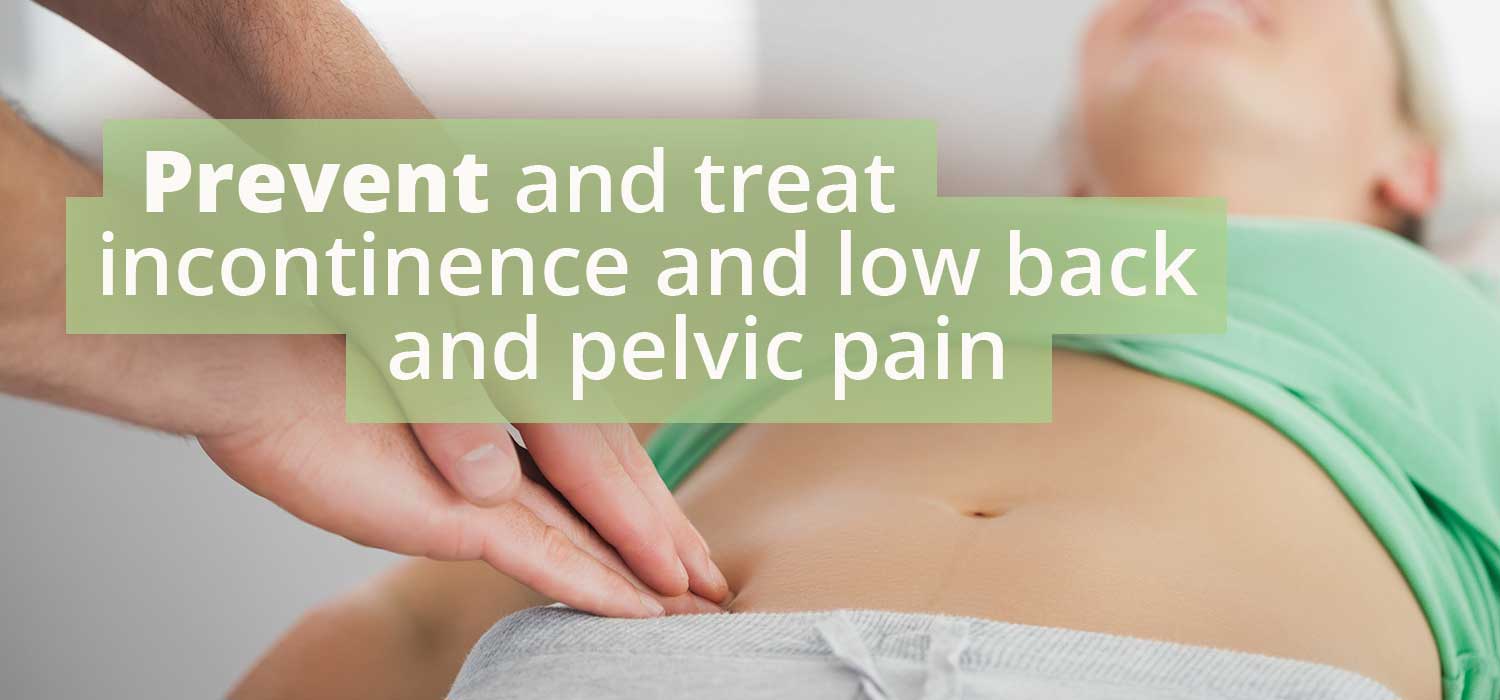Pelvic Floor Physiotherapy
Book Your Pelvic Floor Physiotherapy Appointment Now
Book your Hamilton pelvic floor physiotherapist today. Evolve’s pelvic floor physiotherapists use multiple techniques to treat urinary incontinence, low back and pelvic pain during and following pregnancy, pelvic organ prolapse, and other pelvic conditions.
What is Pelvic Floor Physiotherapy?
Pelvic floor physiotherapy is all about treating conditions related to pelvic floor muscles. It is considered the first-line of defense in preventing and treating Pelvic floor dysfunction.
Physiotherapists help women rehabilitate their pelvic floor muscles. Childbirth, surgery, heavy lifting, being overweight, constipation and menopause can weaken these muscles. For the others, their pelvic floor muscles may be overactive; that is, they can switch on involuntarily when they should be relaxing. These women need to learn to release their muscles. Overactivity can cause difficulty with having sex, emptying the bladder or bowels, or using tampons.
Pelvic floor dysfunction can be caused by:
- Hypotonicity (weak pelvic floor muscles) contributing to stress incontinence, urge incontinence, and pelvic organ prolapse. Incontinence is NOT a normal part of aging.
- Hypertonicity (tight pelvic floor muscles) contributing to urinary and fecal urgency, frequency, hesitancy, painful urination, incomplete emptying, urge incontinence, chronic pelvic pain, dyspareunia, vaginismus, vulvodynia, pudendal neuralgia, interstitial cystitis, and chronic prostatitis.
Who Can Benefit From Pelvic Floor Physiotherapy?
Pelvic floor physiotherapy is for you if you are suffering from any of the following:
- Urinary frequency, urgency, hesitancy, stopping and starting of the urine stream, painful urination, or incomplete emptying
- Constipation, straining, pain with bowel movements
- Unexplained pain in your low back, pelvic region, hips, genital area, or rectum
- Pain during or after intercourse, orgasm, or sexual stimulation
- Uncoordinated muscle contractions causing the pelvic floor muscles to spasm
- Diastasis recti, the weakening of the abdominal connective tissue that leads to a tenting or bulging effect
- Prolapse, a sensation of feeling pressure or a bulging sensation at the vaginal opening
- Pelvic pain conditions including vaginismus (a specific type of pain with intercourse which is a reflexive muscle tightening), vestibulodynia, symphysis pubic pain dysfunction associated with pregnancy, coccydynia, and interstitial cystitis
- Fecal incontinence or seepage
How is Pelvic Floor Dysfunction Diagnosed?
Pelvic floor dysfunction is diagnosed by specially trained doctors and physiotherapists by using internal and external “hands-on” or manual techniques to evaluate the function of the pelvic floor muscles. They will also assess your ability to contract and relax these muscles. Your bones and muscles of your lower back, hips, and sacroiliac joints will need to be assessed as well since these joints can stress your pelvic floor muscles.
You’re Not Alone
- 3 million Canadians have symptoms of urinary incontinence
- 1 in 3 women and 1 in 9 men experience symptoms of urinary incontinence, with this number increasing with age
- 1 in 2 women who have had children experience pelvic organ prolapse, with this number increasing with age
- 78% of patients with low back pain also have symptoms of urinary incontinence
What Does the Research Say?
- Pelvic floor physiotherapy should be the first-line treatment for urinary incontinence and pelvic organ prolapse before considering any other medical intervention
- Pelvic floor physiotherapy should be instituted pre- and post- radical prostatectomy to prevent and remediate symptoms of urinary incontinence
- Core stability training with a physiotherapist is recommended to prevent and treat low back and pelvic pain during and following pregnancy
- Pelvic floor muscle training with a physiotherapist is recommended to prevent urinary incontinence during pregnancy and after delivery
- In a 2018 study examining the prevalence and type of pelvic floor dysfunction among women with lumbopelvic pain, 96% of participants were determined to have pelvic floor dysfunction and 84% of these participants had an overactive pelvic floor


